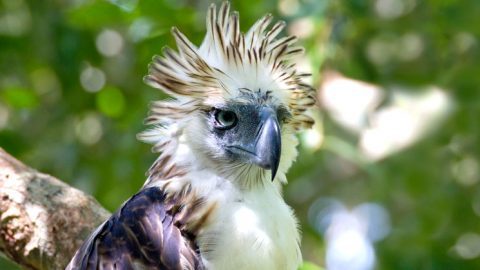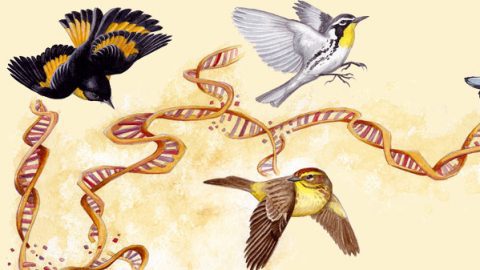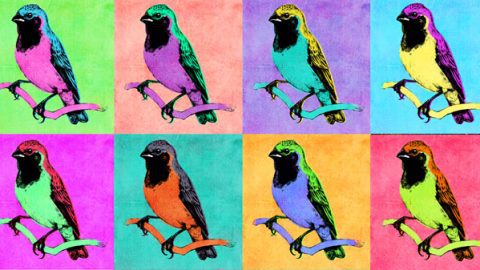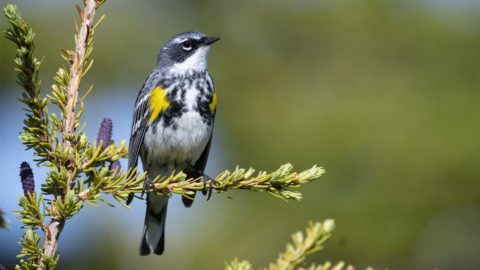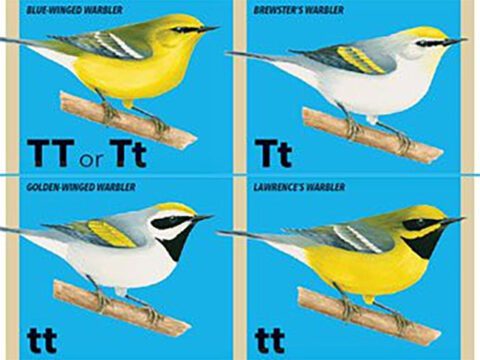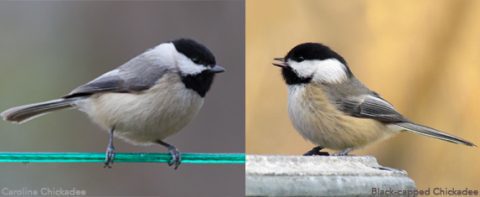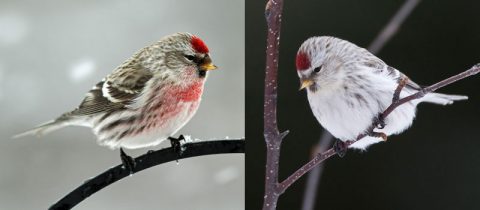Analysis: Hybrid Birds Are Supercolliders of Speciation
By Irby Lovette
September 18, 2017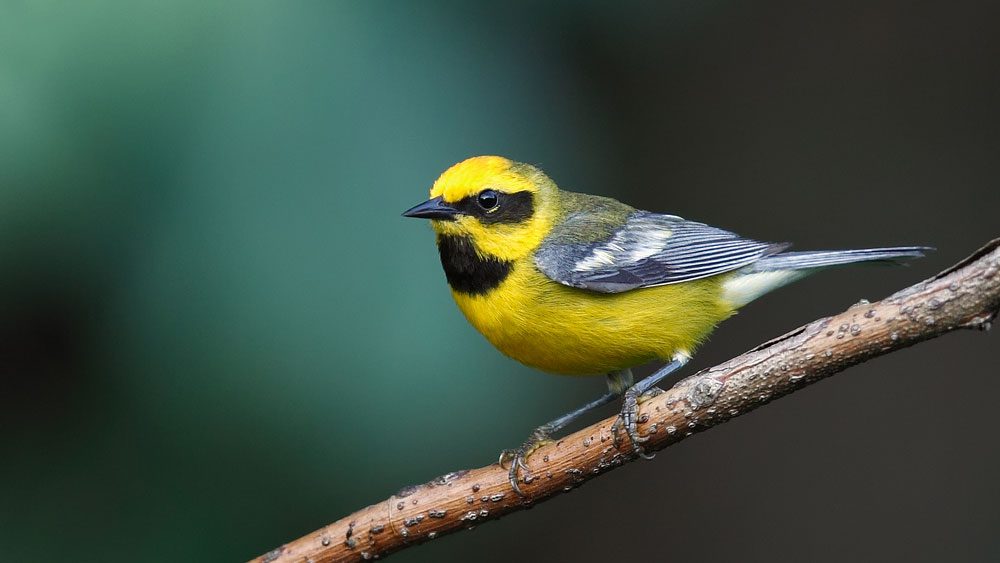
From the Autumn 2017 issue of Living Bird magazine. Subscribe now.
Just a few steps from my desk here at the Cornell Lab of Ornithology, a tall cabinet holds 800 stuffed reminders of how difficult it can be to define the exact boundaries between bird species.
These specimens are hybrids between what we now know as the Baltimore Oriole (which breeds in eastern North America) and Bullock’s Oriole (which breeds in the West). In between, Baltimore and Bullock’s Orioles meet up and interbreed in the cottonwood-lined corridor formed by the Platte River valley in Nebraska. In the 1950s, a team of Cornell scientists—motivated by then-new ideas about what hybridization might mean for how we define bird species—traveled along the Platte collecting specimens of orioles and other birds along the way. This project from more than a half-century ago is the origin of our cabinet of oriole hybrids, drawer after drawer of expertly prepared specimens in a Day-Glo range of yellows and oranges.
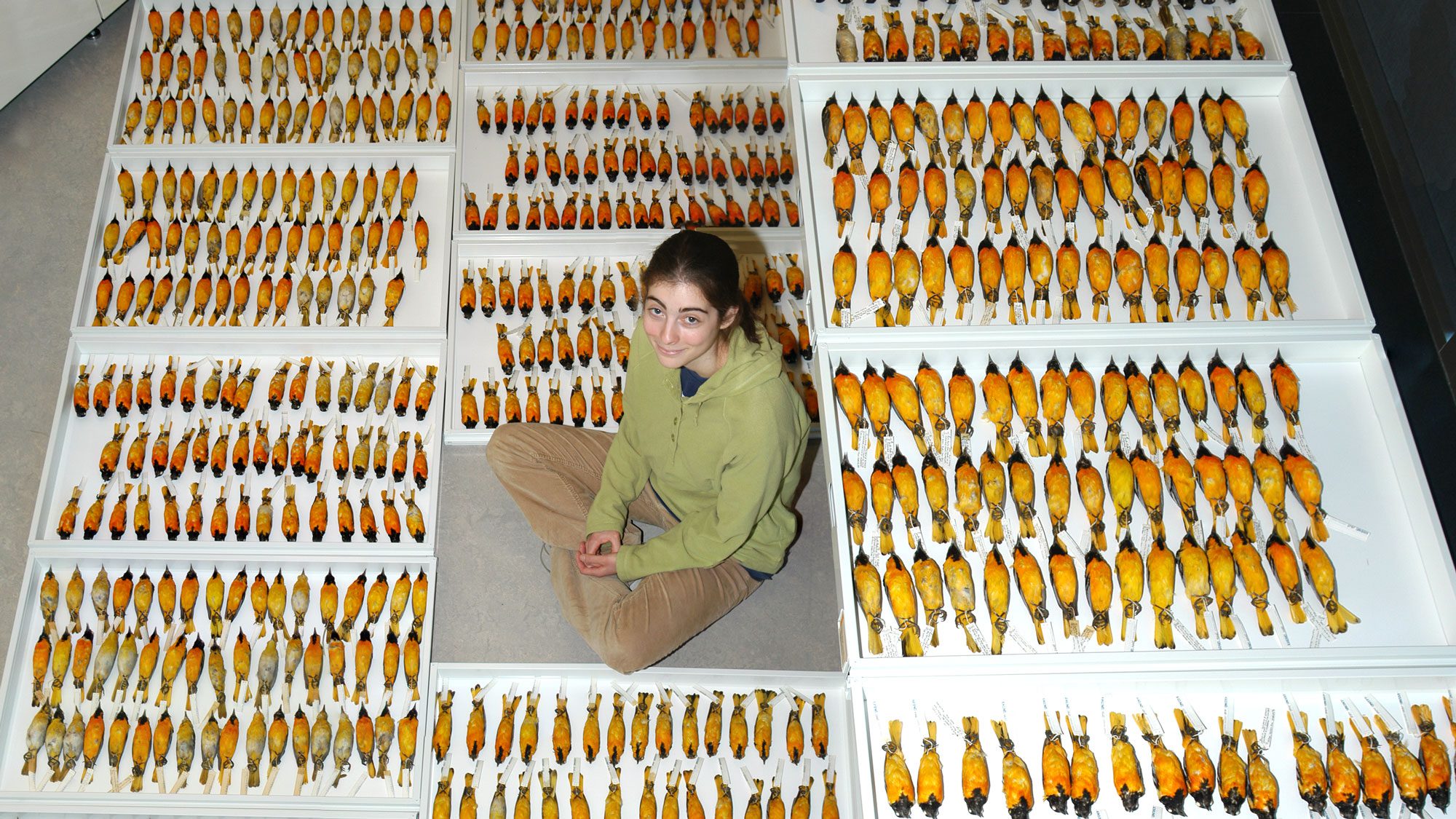
One of the principal findings of that original oriole study was that hybridization is fairly common in these Nebraska orioles. Birds from near the eastern edge of the plains generally look like Baltimore Orioles, and birds from the western edge are typical Bullock’s Orioles. But in between, in central Nebraska, there is a steady and gradual transition in the average appearance of these birds. This means that not only are the pure birds breeding together when they find themselves in the same nesting habitat, but their hybrid offspring are returning after spring migration to nest in those same areas.
After much debate, it was this finding of substantial and successful hybridization that caused ornithologists to merge these birds into a single species, the Northern Oriole, in 1983. But a new generation of researchers quickly followed up on those early studies with additional fieldwork, concluding that hybridization might indeed be a bit of a dead end for these orioles. And at about the same time, it became evident that Baltimore and Bullock’s Orioles are not each other’s closest relatives within the phylogeny, or evolutionary tree, of all orioles. The weight of the evidence swung back toward a split, and in 1995 these species were officially separated once again.

The lumping and then re-splitting of these orioles was controversial at every stage of that process, in part because this kind of taxonomic volatility makes everyone—ornithologists, birders, conservationists—unhappy. Yet while the classification and naming controversy is a bit fraught, there are many fascinating facets of these birds’ underlying biology that make them—and other birds that similarly hybridize—incredibly useful for studying how species evolve their distinct attributes over time.
I like to think of hybrid zones as the supercolliders of speciation biology. Just as physicists smash atoms to better understand their building blocks, researchers in our group at the Lab (and elsewhere) use hybrids to dissect the processes that keep species separate, or that cause them to merge. Instead of being frustrated by these situations where we can’t be entirely confident in our lumping and splitting decisions, we find great value in these natural experiments involving birds that hybridize in nature.
More About Hybrids and Speciation
In fact, birds tend to hybridize a lot; more than 10 percent of all bird species have been known to hybridize at least once. So there are many examples to study, each with attributes that can tell us a bit more about the overall process of speciation by which all biodiversity is generated.
Here at the Cornell Lab we have many such studies underway on hybrid zones in orioles, flickers, chickadees, towhees, warblers, sparrows, and more. In all of these cases we are linking what we know about the birds from the field—how they pair up, what habitats they prefer—with a great abundance of new genomic information that we generate in the laboratory.
Although we’ve had these genomic tools for only a few years, we have already identified some new themes and are looking forward to making additional discoveries. For me, the biggest takeaway thus far is how variably the speciation process plays out among different groups of birds. There is no single pathway to becoming distinct species, and different species accordingly evolve their distinctiveness in different ways. For example, it is not uncommon for two species that look quite different to be genetically very similar, or vice versa for species that look almost identical to be quite distinct genetically. It is no wonder that we end up arguing about the lumps and splits that are in the natural intermediate zone where some evidence supports a split and other evidence a merger!
We are similarly excited about ways in which we can use hybrids to understand evolution at the genetic level. A certain type of hybrid zone turns out to be perfect for prospecting for the exact genes that underlie interesting traits. Even closely related bird species tend to differ at millions of places within their overall genomes, so associating a particular difference with a particular gene is nearly impossible when comparing most species. In hybrid zones, however, the genomes get scrambled into many different combinations in the hybrid birds, so it becomes much easier to find the genetic variants that are always associated with a particular trait. We’ve done this recently, for example, to find some of the genes that determine the plumage differences between Golden-winged and Blue-winged Warblers.
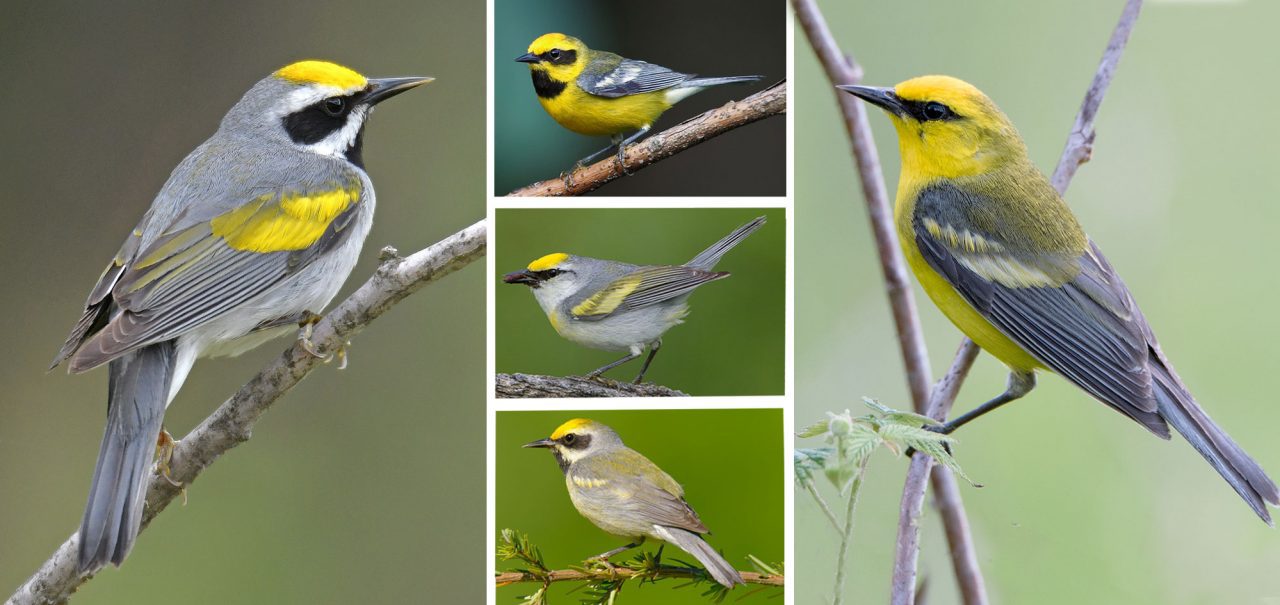
Perhaps even more intriguingly, we already have enough data from different but comparable hybrid zones that we can start to look for commonalities across different groups of birds in the genes involved in speciation. Although every hybrid zone has some unique genetic attributes, we are starting to see some of the same genes pop out as important in different groups. Sometimes these genes are involved in conspicuous differences like plumage color, but other times they involve physiological adaptations to different kinds of environments or habitats. For example, we see parallel changes in certain genes involved in salt tolerance for different sparrow populations that have independently colonized salt marshes.
We don’t know exactly what we will find as we continue these studies of hybrids and their genomics, but it feels like we are still only in the early stages of deploying a greatly upgraded genomic supercollider. Wherever this line of research takes us, it is unlikely that it will provide cleaner break points for lumping and splitting species. But we will end up knowing more about the evolutionary processes that occasionally make those decisions so much fun to debate.
Irby J. Lovette is the Fuller Professor of Ornithology at Cornell University and director of the Fuller Evolutionary Biology Program at the Cornell Lab of Ornithology.

All About Birds
is a free resource
Available for everyone,
funded by donors like you
American Kestrel by Blair Dudeck / Macaulay Library
